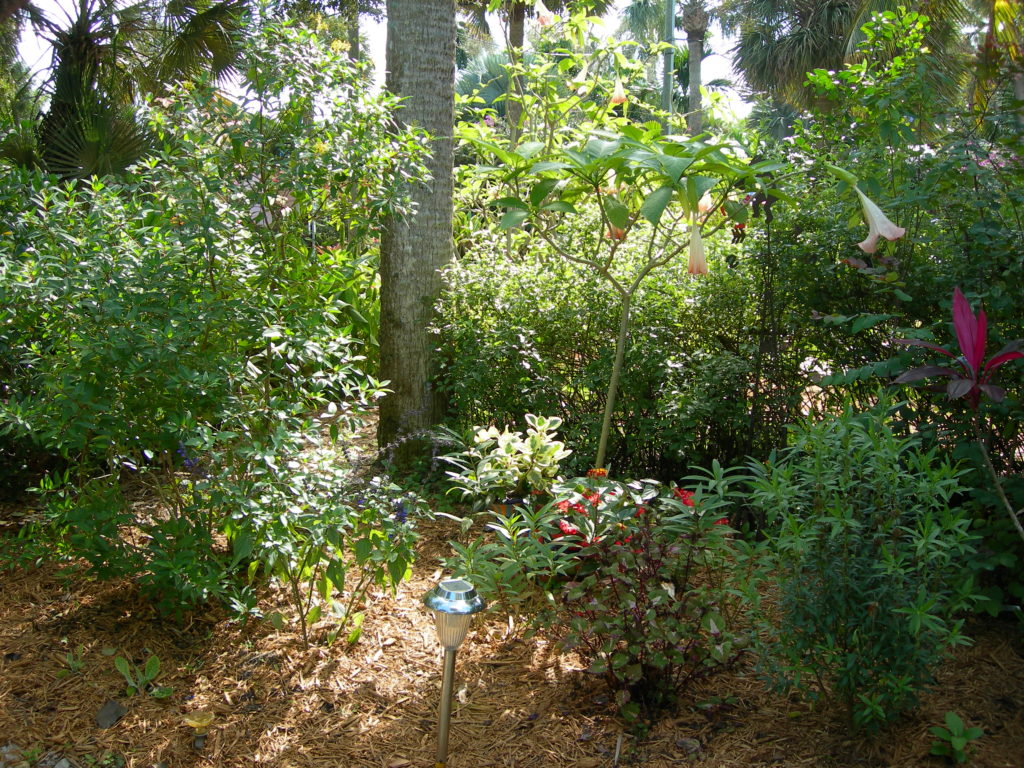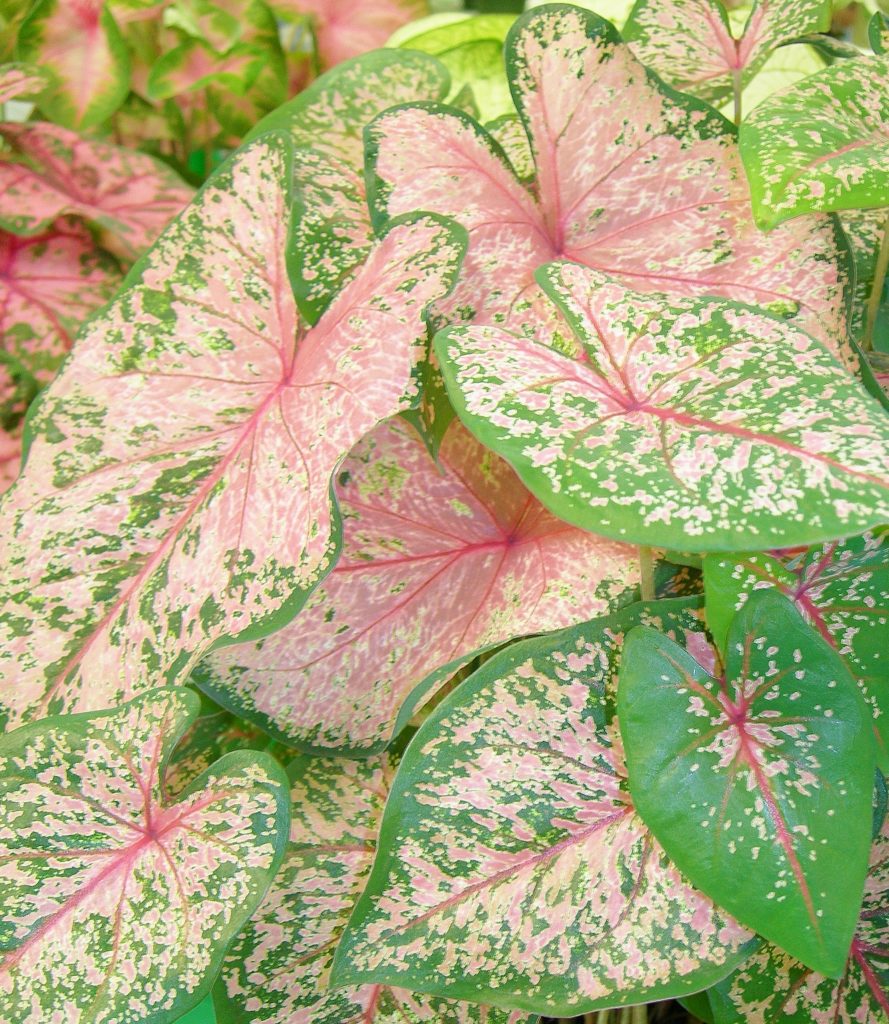Shade gardens can be a lovely focal point or private garden for quiet contemplation, but just what is shade in the landscape? I remember hot afternoons outside under trees during the summer with Granny Cloud enjoying the breeze and eating watermelon. The shady spots were nothing fancy, a few lawn chairs and a few shade-loving plants under the trees.

Selecting plants with growing requirements that match site conditions, including the light conditions, is a fundamental skill practiced by green professionals and gardeners. Shady areas can be defined in many ways and are variable.
Gardeners and horticulturists throw around the terms for a plant’s light requirements with seeming ease. Sun, part sun, partial shade, and deep shade are often employed to describe a plant’s needs. But just what do these terms mean?
Let’s start with the basics; sun typically means full sun. Six to eight hours of unbroken sun is considered full sun. Turfgrasses need full sun as do many trees.
Shade is an expression denoting the obscuring of rays of light. The definition for the landscape I like best is sheltered from the heat and glare of sunlight. However, there are many variations between shade and sun. Here are basic descriptions of the most often used terms of light between sun and shade.
Dense or deep shade is shade throughout the day, such as under the deck or stairs, on the north side of the house, or under dense, thick trees. No direct sun and little to no reflected light is also dense shade.
Full shade is still defined as no sun but is brighter than deep shade. There would be no direct sun on the plant, but there may be a considerable amount of reflected light.

Partial shade locations receive sun for a few hours a day, usually less than 4 hours. However, when the sun touches the area makes a difference in plant selection. Morning sun with afternoon shade is easier on most plants than morning shade with afternoon sun – I recommend the most robust plants, with full sun requirements for the latter situation.
Light or shifting shade may have a few hours of sun or not, but is characterized by dappled sunlight filtering through high, thin branches. Pines trees typically offer light or shifting shade.
Once the amount of light is established, consider a few other factors when selecting plants. If the shade in the landscape is produced by trees, the soil may be dry and low in nutrients due to competition. Additional irrigation and applications of fertilizer may be needed to compensate. Suppose the shade is produced by buildings or other structures. In that case, the soil may be moist, and the irrigation system should be adjusted to reduce the amount of water applied and plants selected to tolerate the moisture.
If you have a shady spot in your space, I recommend planting and decorating the area to welcome and encourage your family and friends to spend a little time in the shade. Here are a few of my favorite shade-loving plants to consider for your place in the shade.
Florida Anise is a large native shrub that grows to 10 feet with unusual red flowers. A protected species, so be sure and secure from a reputable nursery.
Crepe Jasmine – An evergreen shrub that grows to 6 feet. It has lovely, fragrant white blossoms. A little fast-growing but loves the shade and flowers well in the shade.
Border grass or Liriope – Though often grown in the sun, it is much happier in the shade. Liriope produces lovely lavender flowers borne on spikes above the leaves.
Confederate Jasmine is a springtime blooming vine grown all over Florida and the southeast. It grows in the sun or shade but does best with a bit of partial shade. It has moderate salt tolerance and good drought tolerance, climbs by twining, and has no support roots or disk, so it may need tying to support.
Other plants to consider are Variegated Ginger, Lady Palm, Sweet Viburnum, Wild Coffee, Firebush, Marlberry, Coral Honeysuckle, and Green Dwarf Schefflera.
Select plants for shade in the landscape based on actual observations of the light and soil conditions and the amount of space for growth and temperature ranges; the right plant will make a beautiful landscape and maintenance easier. Then cover up with mosquito repellent and enjoy an evening or a morning glass of an iced beverage in the shade.
This column first appeared in the Treasure Coast Newspapers.
Leave a Reply